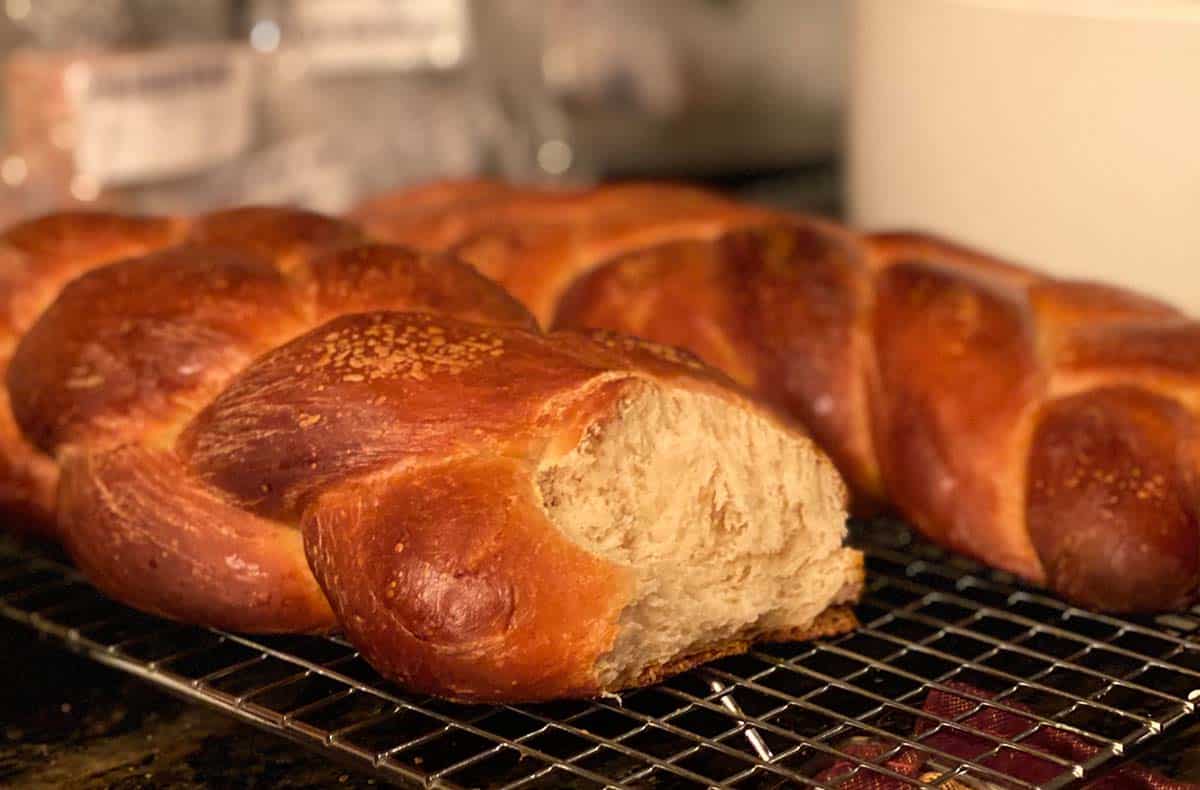
Jesse Stormer’s “Cracking the Diet Code” series for New Thinking has done a great job at demystifying what exactly the calories in our food do for us as fuel, where we get them from, and how we make use of them. His second article touched on macronutrients—or carbohydrates, fat, and protein—which are where we get the majority of our calories. I’ve found myself wandering the macros wilderness most recently, since I, in basic bitch fashion, am attempting to get “wedding ready” for my upcoming fall nuptials.
I fully confess, though I’m a bit of a jock, I’ve never really had a solid handle on nutrition, even after being told time and time again that it’s the key to nailing your ideal body composition. I’m from a family of runners: we’d run to eat—and drink. I’ve always been the kind of person who’d like to eat whatever she wants, and therefore does extreme amounts of exercise to justify her inordinate amount of pizza and beer consumption. Moderation? Nah. How about TOO much of EVERYTHING! So essentially I became a marathoning, triathlon racing, muay thai training bon vivant. My discipline with physical activity did not apply to any sort of dietary attentiveness.
But there’s this cute thing that happens to us all called “aging,” not to mention “wear and tear,” and it’s pretty much guaranteed to catch up with any long-time runners. Seeing my parents’ knee issues and hearing my own start to emit an unsettling crunchy sound, I realized this was not a sustainable way of living. So I started running less, seeking other workouts, though always craving that crazy thousand calorie burn to keep my waistline down.
It sort of worked… but then the pandemic struck, and even though I kept up regular exercise, I also learned that I was really awesome at making sourdough baked goods. (See above image for evidence.) Bagels. Focaccia. Pretzels. Donuts. Challah. This, and a whole lot of wine, is not something you can easily outrun. So suddenly, my identity as “lifelong jock” was replaced by “new member of the thirty pounds heavier club.” It was decidedly not the vibe.
After some successful attempts to get back on the right path—which inevitably led to falling off the wagon on weekend glutton-fests—I finally decided to get this shit figured out with a legitimate eight-week fitness and nutrition program for women only, hilariously named School of Thot. Starting at almost exactly six months from the wedding date my partner and I had finally chosen, it seemed serendipitous, and likely would help make the whole dress shopping moment a touch less traumatizing… perhaps.
SoT has been revelatory for me—so much so that I’ll save further discussion of it for a future post. But essentially a large part of it includes tracking your food in a very specific way that worked strangely well for me and my personal mental blocks when it comes to nutrition. Figuring out how to heal the relationship between food as fuel and emotional eating was a big reason I wanted to do this program—even though it requires you to not drink alcohol for eight weeks. (I hear you all gasping.) But it’s nearly impossible to get in shape if you’re drinking. This—and the rest of the number crunching diet tracking I’ve been doing over the past four weeks—brings us back to macros! (See? I eventually got there.)
As part of my nutrition plan, I’ve been tracking how many grams of protein, carbohydrates, and fat I consume—my macronutrients. I was given a specific number of grams per macro to meet, in addition to daily calories. By entering my numbers into a food tracking app and logging my intake, I watch as my required macro digits countdown to zero with each gram I consume. In an ideal world, I get zeros daily, meaning I’ve eaten the perfect number of each macronutrient, and it lands around zero for my calorie budget too, though that part is less important. While some find this tedious, it’s a dream for my information-seeking ADD brain. The game of figuring out what combination of food will get me to perfect zeros is weirdly soothing: meal planning has replaced my end-of-the-day phone game play.
In the wild world of nutrition and fitness, different diets recommend different macro ratios. Weirdos who do keto, for instance, have a crazy high macro percentage for fat—specifically, it’s around 60% fat, 30% protein, and 10% carbohydrates. Personally, I think this is batshit. The world has gone crazy enough, I do not need to add onto the madness some 2+2=5 shit where I’ve “eaten too many vegetables” and not enough cheese. While perhaps keto might be medically advisable for very specific cases, I feel like it cannot possibly be a good long term diet plan for most normal, healthy adults. Just sayin’.
Stepping back down from my soapbox, the macro I can get down with counting more specifically is protein. Namely, upping your protein intake is pretty much guaranteed to reap better results for your fitness, since it’s the building block of muscle and will allow you to lose fat without turning into a shapeless bag of bones. I, personally, enjoy preserving my ability to savage Thai pads and carry epic hauls of groceries from a Whole Foods two miles away from my home like a pack mule, so preserving my muscle is in my best interest, so I’m down with the protein. Studies have shown that increasing your protein will likely help you lose fat, regardless of whether or not you also count your calories or cut carbs. And while, as Jesse has clarified in his articles time and again, calories in calories out is for sure key to losing weight, if you’re looking to transform into a sculpted Greek god, stock up on Greek yogurt: getting in your protein is paramount.
Of course, you can absolutely have too much of a good thing, including protein. Each of the three different macronutrients is needed in the right balance. It’s popular to vilify fat or carbs, but you actually need both to survive. In fact, if you’re starving in the woods and all you find to eat is rabbit, you’re screwed: it’s such a lean cut of meat that you can die from protein poisoning, since it has none of the other two macronutrients. This is such a common occurrence it actually has its own name: rabbit starvation. Wild, right? Time to forage for some acorns—or add some mayo.
Lastly, to return to the dreaded “no alcohol” rule, counting macros brings the idea of “empty calories” vividly to life. As Jesse also noted, alcohol contains calories, but unlike its caloric macronutrient counterparts, it has no nutritional value. When I eat all my allotted protein, carbs, and fat, I usually land right above my calorie budget. But add in even one alcoholic drink and I’m far more likely to go over. That’s because it adds calories that don’t contribute to any of the nutrition I’m trying to get—they don’t subtract anything from my macro budget. It’s basically the definition of “empty calories.”
Ultimately, my main takeaways from counting macros are: food is fuel. And we all need it. And it’s not good or bad, but there are definitely better choices. These perhaps look more like mindfully choosing 4 oz of chicken breast, instead of compulsively eating an entire loaf of fresh challah. Also: protein products are expensive, but liquor costs even more. I’m totally down to swap my wine budget for a good haul of Built Puffs.
Now if you’ll excuse me, I’m going to return to my kitchen, where my sourdough obsession has been replaced by figuring out how to use whey protein isolate in absolutely everything. Gotta keep those macros balanced, after all.



